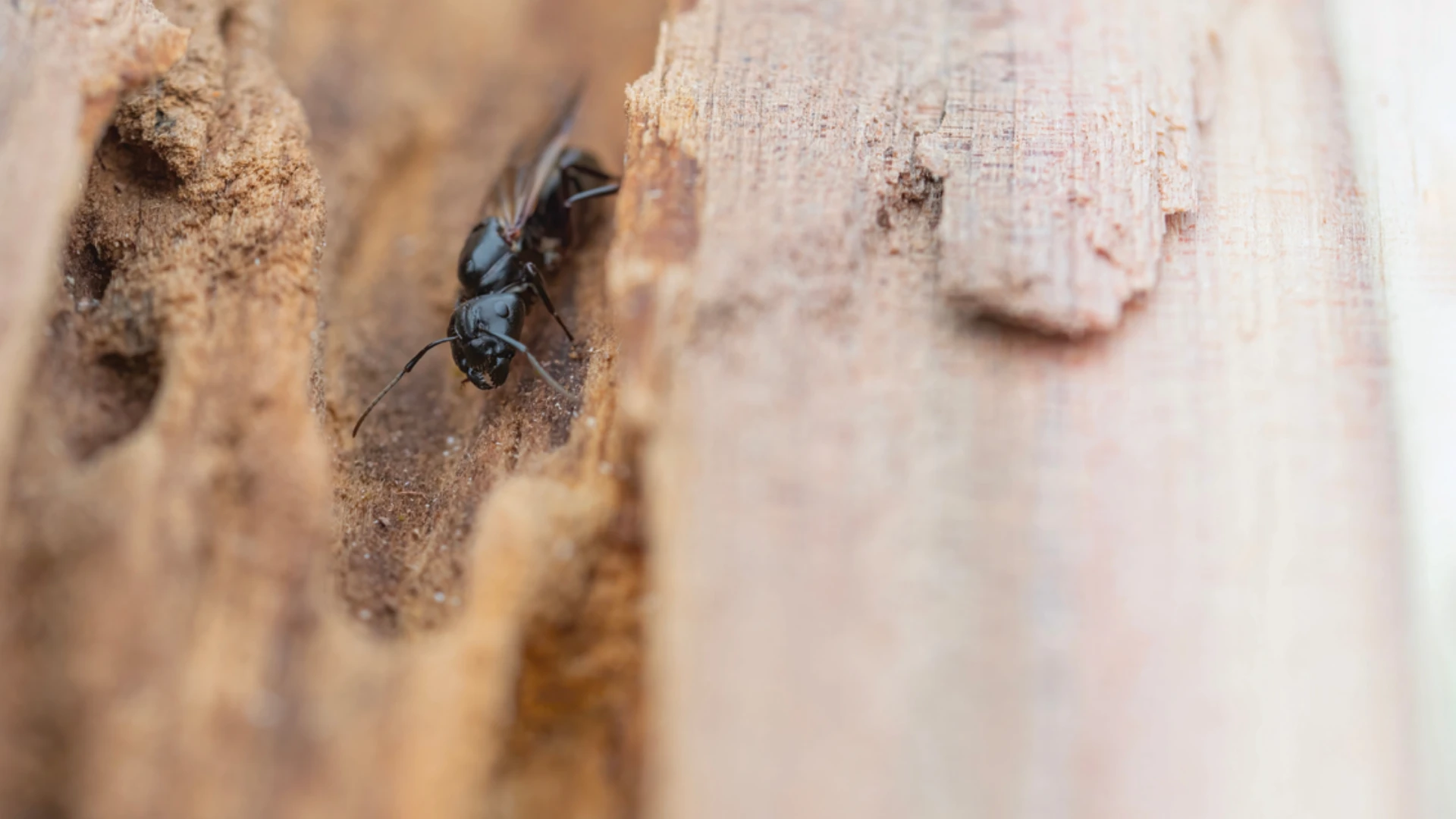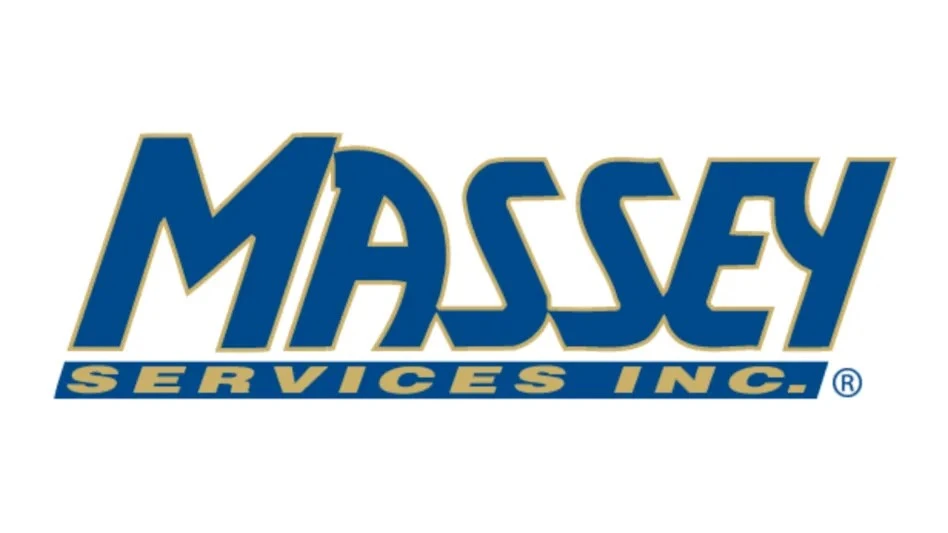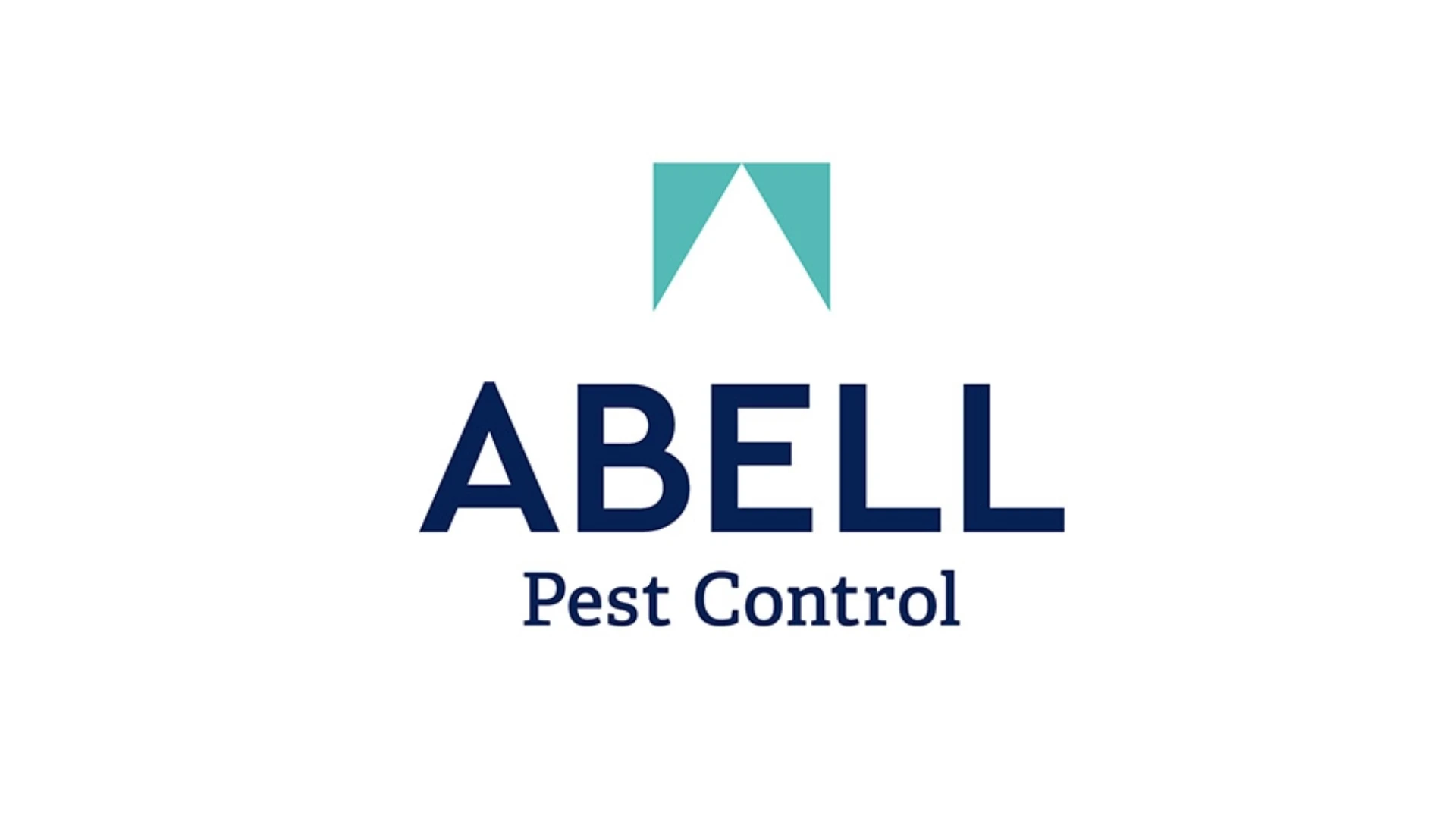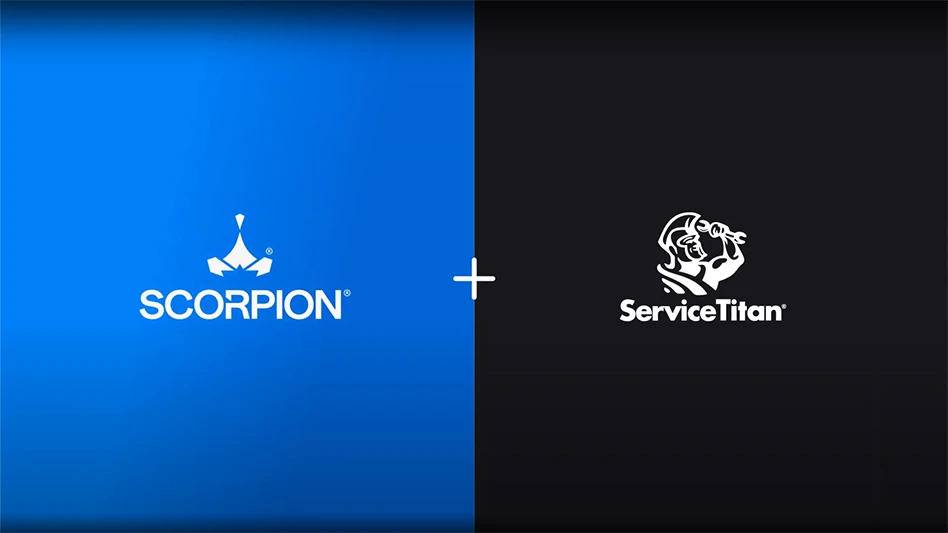Recently, I had the pleasure of working with a contractor to replace a door. Once the new door was installed, the contractor came to me to show me that he had completed the work. During our inspection, I noted that there was a gap of about ¾-inch between the door and the frame, and that the threshold at the base of the door needed to be replaced due to damage. When I asked him about these issues, he responded, very kindly, that he was only hired to “hang the door.” “Hang the door?” I asked. What about the other issues that directly impact the functioning of the door? Aren’t these included with the service? Again, he kindly responded, “I was only hired to hang the door.” You can imagine what happened next.
The reason I am sharing this story is because it is all too familiar for all service-based firms, including pest management companies. A customer calls the office to cancel service; when asked why, the customer responds with, “Your technician told me they are only here to kill the bugs.” Is that all we do? Are we only there to kill the bugs? As a pest management professional, isn’t it our job to not only control the pests that are present, but also protect our customer’s property by working to reduce the potential for additional pest infestations? I, as most other pest professionals, would say yes! So the question that all of us should be asking is, “What can we do to add value to our service and separate ourselves from our competition?”
When I asked him about issues (with the door), he responded, very kindly, that he was only hired to “hang the door.” “Hang the door?” I asked. What about the other issues that directly impact the functioning of the door?
PROACTIVE PEST CONTROL. As I have mentioned in previous columns, the inspection is a great way to prevent future infestations, and it is a great way to identify additional services that the customer may need to keep their structure pest-free. Some of those additional services, such as the sealing of small cracks and crevices, should be included in your normal service offerings. But additional problems, such as moisture control, wildlife control and exclusion, are additional services that can be sold and provided to your customer. This is a great way for a pest management professional to become a “one-stop shop” for your customer, and prevent your competition from getting their feet in the door.
LEAVE NOTHING BUT FOOTPRINTS. Moving under homes to inspect the crawlspace, digging through the leaf litter in the gutters, or walking through the insulation in an attic, can be messy. In addition, the pest management professional may be required to drill into a concrete slab, cut holes or openings into walls, and even dig up landscaping to treat a structure. However, upon completion of these tasks, we should always be prepared to leave a customer’s home in the same condition, or better condition, than when we arrived.
Technicians always should be prepared by carrying the necessary tools and equipment needed to keep the home clean and repair any damage they may have caused. This may include using crawlsuits or coveralls when working in dirty areas and removing them prior to entering the home. Shoe covers are also a great way to protect a customer’s home from any debris that may be carried in on your shoes. It’s also a good practice to carry a garden rake to repair the landscaping, as well as a caulk gun, caulking and spackling to help fill any holes created during your treatment.

IMPROVING CUSTOMER COMMUNICATION. Customers who cancel service often report that one of the reasons for their cancellation is they “didn’t know what was done.” This lack of communication with the customer is a big deal, and one that can be easily fixed. As a pest management professional, it is important to communicate with your customer, even when they are not home. Any time you leave a customer’s location you should document at least three things. The first is what you did during today’s service. This lets the customer know exactly what you did, and it is especially important if they are not home to witness your service. You don’t have to write a novel, but a couple of sentences highlighting areas that you inspected and areas that you treated.
The second piece of information that you should communicate is what you saw during the service visit. This is a great opportunity to tell the customer about any sanitation or structural issues that you may have observed during your service. You can also let the customer know if there was any pest activity and how you treated those infestations. Develop a partnership with your customer in creating a successful pest management program.
Lastly, you should always let the customer know what to expect following your service. This may be a simple note detailing that they may see a few bugs for a couple of days following your treatment, or it may simply be a note letting them know when you will be returning for a follow-up service or next service. Let the customer know that you are there to do more than “kill the bugs.”
As for the door, the company has come back out to make the necessary repairs, but will not be doing any additional work.
WANT MORE?
Enter your email to receive our newsletters.

Explore the January 2016 Issue
Check out more from this issue and find your next story to read.
Latest from Pest Control Technology
- Rose Pest Solutions Becomes Official Pest Provider of Chicago Fire FC
- WSPMA Hosts Legislative Day at Washington State Capitol
- A-1 Pest Control Marks 59 years in Business
- Hawaii PCO Shares Regulatory Challenges, Business Impacts from Lahaina Wildfires
- 5 Tips for Reducing Waste in the Office and in the Field
- OvoControl Now Available in Chile
- Envu Announces Savings Programs for Pest Management Professionals
- Follow the Trail








